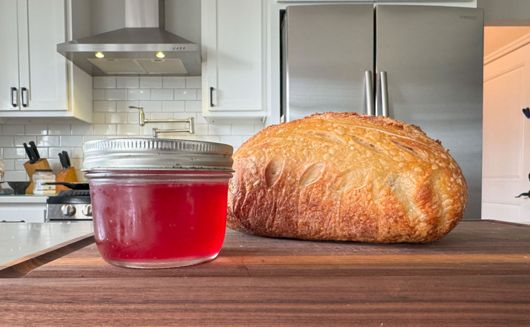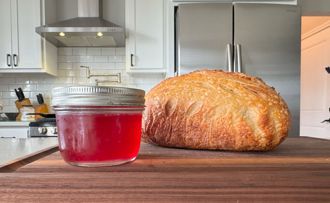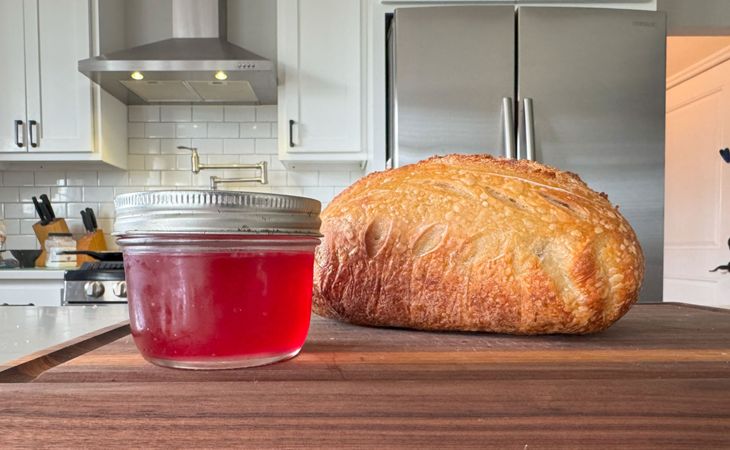Harvesting Pistachio Trees
Harvesting and storing pistachio nuts with care is essential to preserve their freshness and flavor. In this comprehensive guide, we’ll guide you through the proper techniques for harvesting pistachios and provide tips for storing them to maintain their quality for extended periods.
NOTE: This is part 8 in a series of 8 articles. For a complete background on how to grow pistachio trees, we recommend starting from the beginning.
Harvesting Pistachios
Timing Matters: Harvest pistachios when the hulls begin to split open, revealing the shell inside. This usually occurs in late summer to early fall. Monitor your trees closely for the optimal harvesting window.
Hand Harvesting: For small orchards or home gardens, hand harvesting is the preferred method. Use gloves to protect your hands, and manually twist the clusters of pistachios from the tree.
Mechanical Harvesting: In larger commercial orchards, mechanical harvesters may be used. These machines shake the tree, causing the ripe pistachios to fall onto a catching surface.
Collection and Cleaning: Collect the harvested pistachios and remove any debris or hull material. Spread them in a single layer to allow for drying and cleaning.
Drying Pistachios
Sun Drying: Lay the pistachios in a well-ventilated area with direct sunlight. Turn them regularly to ensure uniform drying. This process typically takes several days.
Dehydrator Option: Alternatively, use a food dehydrator set to a low temperature to dry the pistachios. This method provides controlled drying conditions.
Storing Pistachios
Shell Removal: After drying, remove the shells from the pistachios. This can be done manually or by using a nutcracker. Ensure the pistachios are fully dry to prevent mold during storage.
Airtight Containers: Store shelled pistachios in airtight containers to protect them from moisture and air. Use glass or plastic containers with tight-fitting lids.
Cool, Dark Place: Place the containers in a cool, dark pantry or cupboard. Avoid exposing the pistachios to direct sunlight, as this can affect their flavor and quality.
Refrigeration or Freezing: For longer storage periods, consider refrigerating or freezing pistachios. Use airtight bags or vacuum-sealed containers to prevent freezer burn.
General Tips
Check for Freshness: Periodically check stored pistachios for signs of rancidity or mold. Discard any nuts that appear discolored or have an off smell.
Avoid Mixing Varieties: If you have multiple pistachio varieties, store them separately to maintain their unique flavors and prevent cross-contamination.
Labeling: Label containers with the harvest date to keep track of freshness. Aim to consume pistachios within a year for the best flavor.












